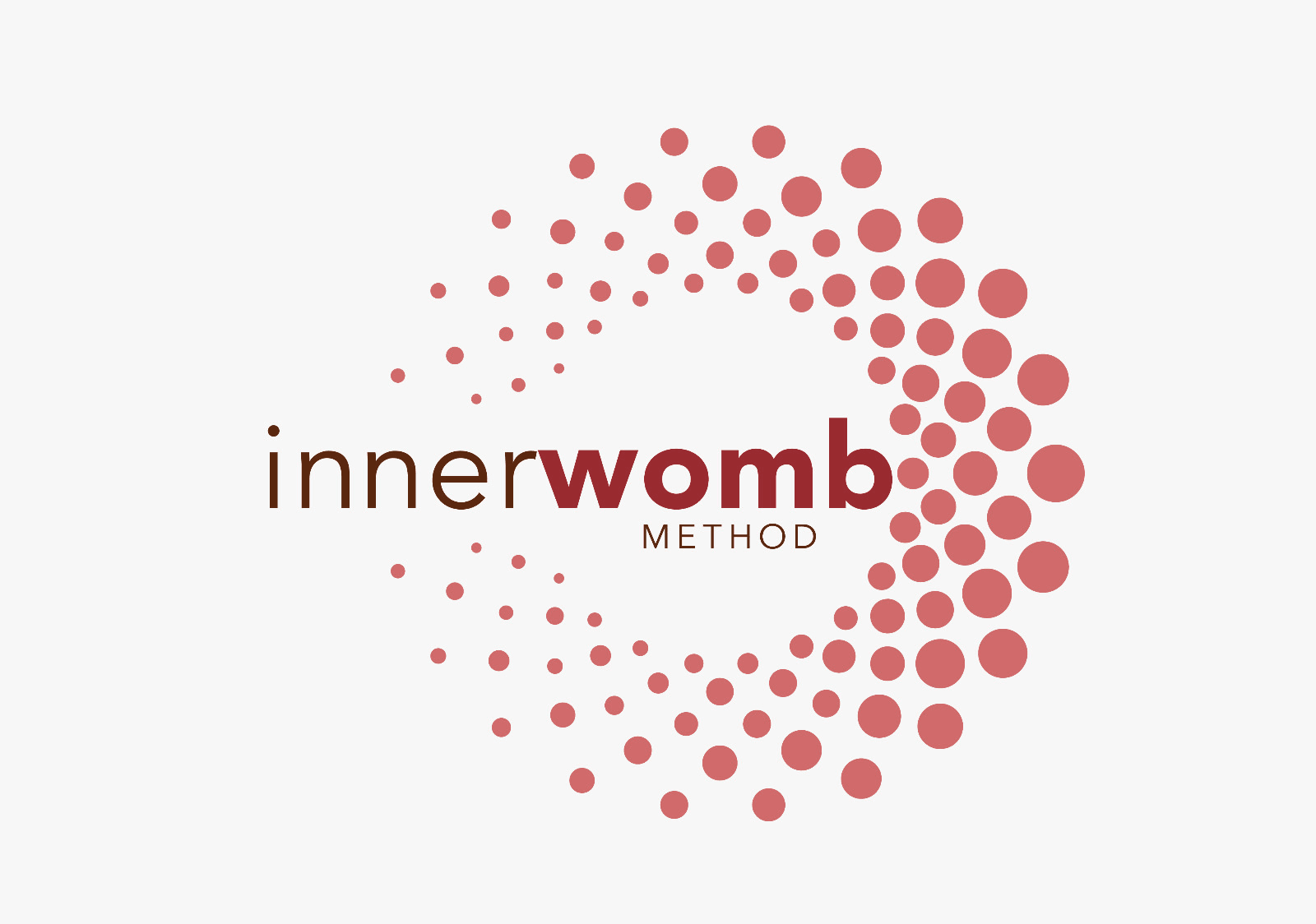Womb Training: A Professional Pathway to Healing & Empowering Yourself and Others

Womb Training focuses on the healing and empowerment of the womb space. It integrates various practices to help individuals reconnect with their bodies and experiences. This approach incorporates emotional, energetic, and physical aspects of healing. It aims to support personal growth and well-being through a deeper understanding of the womb’s significance.
Understanding Womb Training

Womb Training encompasses a diverse array of practices and philosophies connected to the womb, inviting a deeper exploration of feminine energy, healing, and empowerment. This is a path of conscious embodiment and sacred remembrance. The entirety of this exploration falls within the broader womb healing topic that centres feminine well-being.
Historical and Cultural Perspectives
The womb has been revered across various cultures as a sacred space. Historically, many societies acknowledged the womb as a source of life, creativity, and strength. Ancient traditions often held rituals that honored the menstrual cycles and childbirth, recognizing the womb's role in creation not only physically but also spiritually.
In cultures such as those of Indigenous peoples and ancient Egyptian societies, the womb symbolized connectivity to the earth and the cosmos. Goddesses representing fertility, wisdom, and creativity were commonly depicted in relation to the womb. This underscores an understanding of the womb as a center of female identity and power, integral to community healing and continuity. For those wishing to delve into the spiritual underpinnings of such practices, exploring spiritual womb healing training can offer deep historical and practical context.
The Rise of Womb Training Practices
In recent decades, there has been a resurgence of interest in womb training practices, coinciding with broader movements focusing on women's rights and holistic health. Individuals are increasingly seeking ways to reconnect with their bodies, aiming to heal past traumas and cultivate self-awareness.
This revival can be attributed to several factors:
- Holistic Health Movement: As holistic health practices gain traction, the importance of integrating emotional and spiritual dimensions into physical well-being is increasingly recognized.
- Trauma Awareness: The growing awareness of trauma's impact on physical health has led many to explore how womb-related healing can address deep-seated emotional well-being.
- Cultural Revitalization: A resurgence of interest in ancient wisdom and indigenous practices has inspired individuals to reclaim their body knowledge from historical narratives that marginalized feminine experiences.
Womb training practices often incorporate somatic work, mindfulness, and energy healing techniques, aligning with an individual's personal journey. Through these practices, many have found a renewed sense of empowerment and connection to their roots.
The transformation that occurs through womb training not only affects individual participants but also resonates within communities. By sharing these experiences, practitioners create a ripple effect, promoting collective healing and understanding of the feminine experience in contemporary society.
Core Principles of Womb Training
The core principles of Womb Training revolve around the deep integration of body awareness, emotional well-being, and spiritual connection. These principles provide a framework for understanding the inherently interconnected aspects of women's health, empowerment, and healing.
The Connection Between Body and Womb
The womb is often seen as a sacred space that holds not just physical significance but also emotional and spiritual weight. This connection signifies a more profound relationship to one's body, urging individuals to embrace their anatomy as a source of power and wisdom.
- We understand that our physical body, and particularly our pelvic bowl and womb space, acts as a receptive vessel that lovingly houses our life experiences, our cellular memories, our emotional imprints, and the subtle energies that may profoundly influence our overall well-being. This includes understanding the reality of holding trauma in the womb and the pathways to its release.
- Engaging in practices that cultivate a relationship with the womb encourages individuals to be more attuned to their bodily sensations and needs.
- This connectivity aids in the healing process by addressing fragmented aspects of self, fostering a holistic integration that enhances both physical and emotional health.
- Recognizing the womb as a powerful center of creativity transforms one's approach to self-expression and personal potential.
Energetic and Emotional Aspects
The womb is a significant repository for emotions and energy, often reflecting personal and ancestral histories. Understanding this can aid in the exploration of emotions tied to trauma, pain, and healing.
- Emotional energy can manifest physically, leading to tension, discomfort, or even chronic pain if unaddressed.
- Practices that focus on womb healing often incorporate energetic work, allowing individuals to release stagnant emotional energy.
- Through emotional exploration, people can identify patterns that have been repeated over generations, promoting healing not only for the individual but also extending across familial lines.
- Bringing awareness to these energetic and emotional aspects encourages a journey toward reclaiming lost parts of self, ultimately leading to empowerment and self-acceptance.
Womb Healing Techniques
Womb healing techniques encompass various practices that aim to restore balance and promote overall well-being. These methods integrate physical, emotional, and energetic approaches to facilitate a profound healing experience.
Somatic Practices for Womb Healing
Somatic practices, which place a strong emphasis on the body’s innate wisdom and its profound capacity to heal itself, focus directly on cultivating deep awareness, fostering conscious connection, and encouraging intuitive movement as pathways to releasing trauma and restoring balance. We find these body-centred techniques encourage us as individuals to gently explore our internal bodily sensations, our subtle energetic shifts, and our authentic emotional responses, thereby facilitating a much deeper and more intimate connection to our womb space and the stories it holds. Engaging in somatic womb healing is a powerful way to access this embodied wisdom.
Integrating Somatic Practices into Daily Life
Incorporating somatic practices into daily routines can enhance overall well-being. Simple exercises like mindful breathing, gentle stretching, and body scanning can help maintain awareness of bodily sensations. Engaging in regular movement, such as yoga or dance, fosters emotional release and physical vitality. Journaling about bodily experiences and emotions can also create a deeper understanding of how past traumas affect the present.
Benefits for the Nervous System
Somatic practices have been shown to have positive effects on the nervous system. By reducing stress and promoting relaxation, these techniques can activate the parasympathetic nervous system, leading to a state of calm and healing. This transformation can help alleviate anxiety and tension stored in the body. As individuals learn to connect with their bodies, they gain tools for regulating their emotional responses, which is crucial for holistic healing.
Meditation and Mindfulness in Womb Healing
Meditation and mindfulness practices play a significant role in womb healing. These techniques cultivate an inner space conducive to self-discovery and emotional release. By focusing on the present moment, individuals can gain insight into their emotional landscapes and release pent-up feelings related to their womb experiences.
Creating Space for Your Clients
For practitioners, creating a nurturing environment is essential for effective womb healing. This space should feel safe and supportive, encouraging clients to explore their emotions freely. Comforting elements such as soft lighting, inviting scents, and calming music can enhance the healing experience. Establishing clear boundaries and fostering trust will help clients feel secure as they engage in their healing process.
Guiding Inner Healing Journeys
Guiding clients through their inner healing journeys requires a balance of sensitivity and strength. Practitioners utilize meditation techniques to help clients visualize their emotional and physical landscape. Techniques such as guided imagery, breathwork, and affirmations can facilitate profound shifts in awareness. Encouraging clients to connect with their wombs through visualization exercises allows them to tap into their innate wisdom and embrace their healing journey.
Professional Training Programs
Professional Training Programs are designed to equip individuals with the necessary skills and knowledge to facilitate womb healing practices effectively. These programs are essential for those looking to deepen their understanding and practice in this transformative field.
Womb Healing Course and Certification
Requirements and Curriculum
The Womb Healing Course offers a comprehensive curriculum aimed at preparing practitioners to guide clients through the intricacies of womb healing. Typically, participants are required to have a background in holistic health, counseling, or related fields. The curriculum covers various modules, including:
- Introduction to womb anatomy and physiology
- Understanding emotional and energetic blocks
- Somatic healing techniques
- Meditative practices for enhancing connection
- Client communication and ethics in practice
This well-rounded approach ensures that students gain both theoretical and practical insights. The course often includes hands-on training, allowing participants to practice techniques under the guidance of experienced facilitators.
Skills Developed During Training
Throughout the course, practitioners develop a variety of valuable skills. These competencies not only aid in personal growth but also enhance the practitioner's ability to support their clients effectively. Key skills include:
- Intuition and sensitivity: Cultivating the ability to sense and respond to the needs of clients.
- Facilitating healing journeys: Guiding clients through their emotional and energetic processes.
- Building trust: Establishing a safe and supportive environment for clients to explore their experiences.
- Effective communication: Learning to articulate concepts clearly and empathetically.
Womb Massage Training
Techniques and Best Practices
Womb Massage Training focuses on specific techniques that promote healing within the womb space. This training elaborates on gentle yet profound methods tailored to address physical and emotional concerns. Participants learn:
- Abdominal massage techniques that support organ health
- Methods to release emotional blockages stored in the body
- Rhythmic movements that nurture relaxation and connection
Best practices are emphasized to ensure ethical and safe interactions with clients. Practitioners receive feedback during their training, allowing them to refine their techniques continually.
Embodied Experience and Client Interaction
Part of the training involves immersing participants in their own embodied experiences. This hands-on approach encourages practitioners to develop a personal connection with the techniques. Understanding one’s own body enhances the capacity to guide others. Topics covered include:
- Exploration of personal womb stories
- Engaging in self-care rituals to foster well-being
- Practicing womb massage on peers to gain feedback
The interaction with clients is an integral part of the training, emphasizing the importance of creating safe spaces for healing. Participants are taught to navigate sensitive topics with care and respect, ensuring that clients feel heard and supported throughout their healing journeys.
Integrating Womb Work into Professional Practices
Integrating womb work into professional practices allows practitioners to enrich their therapeutic offerings. This section highlights key strategies for supporting clients through their healing journey and emphasizes the importance of creating a safe environment for transformation.
Supporting Your Clients Through Their Journey
Supporting clients in the context of womb work requires a deep understanding of the emotional and energetic aspects that come into play. Facilitating a safe space is critical as it encourages clients to explore and express their feelings.
Holding Space for Transformation
Holding space for transformation involves creating a supportive environment where clients can safely process their experiences. This practice is rooted in empathy, active listening, and the ability to remain present without judgment. Practitioners must cultivate an atmosphere that fosters trust and openness. Key elements include:
- Establishing clear communication to set intentions.
- Creating rituals that enhance connection and grounding.
- Utilizing guided exercises that encourage exploration of feelings related to the womb space.
Through these methods, clients can navigate their personal journeys more effectively, leading to profound healing and self-discovery.
Building a Safe Practice Environment
A safe practice environment is essential for effective womb work. Practitioners must prioritize physical, emotional, and energetic safety, allowing clients to feel secure while exploring sensitive topics related to their womb experiences.
Ethical Considerations and Boundaries
Ethical considerations are paramount in any healing practice. Setting and maintaining boundaries ensures that both the practitioner and client can engage in the process healthily. Important ethical guidelines include:
- Being transparent about the scope of practice and training.
- Respecting client confidentiality and personal information.
- Understanding and recognizing one's own triggers to prevent transference.
Boundaries also extend to physical touch and the emotional space shared with clients. Practitioners must prioritize informed consent and continuously communicate with clients about their comfort levels.
Through understanding, support, and ethical practices, integrating womb work into professional methods fosters a transformative experience that empowers clients and facilitates deep healing.
Personal Womb Healing Journeys
Personal womb healing journeys are transformative experiences that allow individuals to reconnect with their inner selves. These journeys foster a deeper understanding of one's body, emotions, and spiritual connection, ultimately paving the way for growth and healing.
Embodiment and Personal Growth
Embodiment in the context of womb healing revolves around nurturing a profound connection with one's body. This involves recognizing the womb as more than just a physical organ. It is a space that holds emotional memories and energies.
- Recognizing the significance of bodily sensations and how they relate to emotions is an essential step in the journey.
- Engaging in practices that promote awareness of bodily presence can lead to empowerment, allowing individuals to reclaim their narratives.
Harnessing the Power of Your Own Womb
Recognizing the power of the womb can transform one’s life. This awareness facilitates a journey toward self-empowerment and self-acceptance. It encourages the exploration of personal beliefs and cultural narratives regarding femininity and kinship with lineage.
- Learning to listen to the body’s wisdom can reveal insights into personal strengths and areas needing healing.
- Creating rituals that honor the womb helps individuals nurture their inner landscapes.
Relationship with the Womb Space
The relationship with the womb space is an intimate one, often informed by personal experiences and societal influences. Cultivating this relationship can lead to profound emotional healing and transformation.
- Exploring the stories held within the womb can unveil patterns that have influenced emotional responses and life choices.
- Building rituals that acknowledge the cycles of life—birth, death, and rebirth—can foster a sense of belonging and purpose.
Community and Collective Healing
Engagement in communal healing practices enhances personal journeys. Sharing stories and experiences with others creates a supportive network. This connection can amplify healing effects and foster a sense of solidarity.
- Participating in group sessions or workshops allows for collective energy to assist in personal transformation.
- Creating community rituals can promote shared healing experiences, reinforcing collective empowerment.
Community and Collective Healing
Community and collective healing plays a vital role in the journey of self-discovery and empowerment. The shared experiences within a supportive environment contribute to individual and communal growth.
Connecting with Others on the Path
Finding connections with like-minded individuals fosters a sense of belonging and understanding. Sharing insights, stories, and challenges can illuminate various aspects of the healing journey. When individuals come together to explore their womb spaces, they often discover that their experiences resonate with others.
Different ways to connect include:
- Participating in workshops that focus on womb healing techniques.
- Joining community groups that prioritize open discussions about women's health.
- Engaging in social media platforms that bring together individuals exploring womb work.
- Attending retreats that center on healing practices and personal stories.
These connections can help establish a network of support, encouraging vulnerability and strength. As individuals share their journeys, they can learn from each other and grow in ways that would be difficult to achieve alone.
Creating Supportive Healing Communities
Establishing a nurturing environment is essential for collective healing. A supportive community fosters safety and openness, allowing individuals to express their feelings and experiences without fear of judgment. Some key components of successful healing communities include:
- Inclusivity: Creating spaces that welcome diverse backgrounds and experiences enriches the community.
- Empathy: Building a foundation based on understanding and compassion helps members feel heard and valued.
- Shared Intent: Having a common goal of healing and empowerment can guide the community's initiatives and interactions.
- Collaborative Learning: Fostering an environment where members share their knowledge and skills encourages growth and innovation.
Incorporating regular gatherings, workshops, and activities centered around womb healing and empowerment reinforces community bonds. These meetings provide platforms for storytelling and the exchange of practices, helping individuals navigate their paths within a collective context.
This community aspect can also lead to the formation of lasting friendships, providing members with accountability and encouragement as they progress in their healing journeys.
By nurturing these connections and environments, the process of healing transcends the individual, reaching into the collective consciousness. Collective healing becomes a powerful tool for transformation, able to break cycles of pain and foster resilience.
